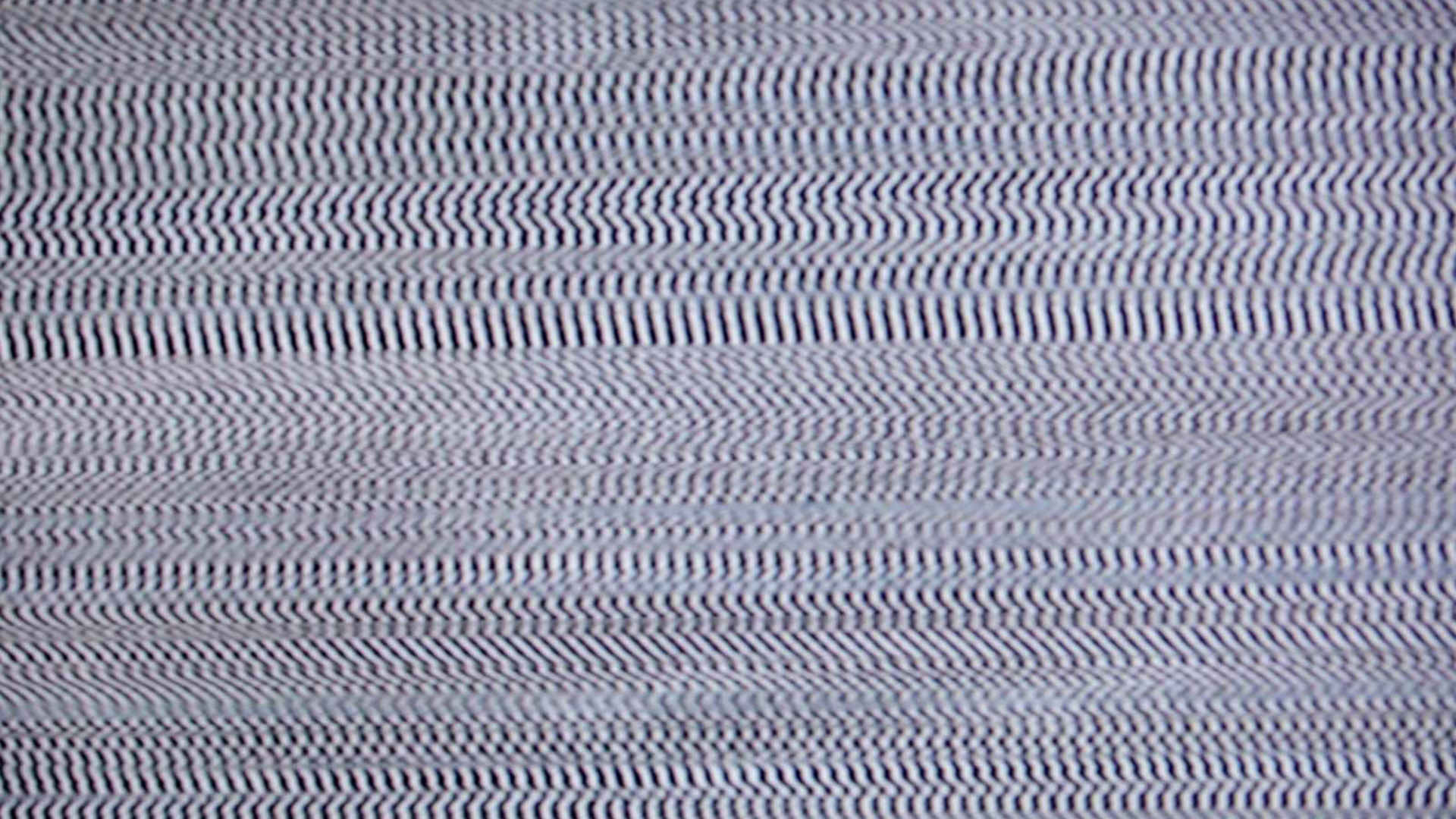
5 reasons why your hearing aids are whistling
Hearing aids whistle sometimes. Just like your phone sometimes does when it’s too close to the radio. Here’s what causes it and what you can do about it.
Created Updated
If you wear hearing aids, you’re going to experience whistling at some point. It can happen through something as simple as putting on a scarf. The whistling is called hearing aid feedback.
How does hearing aid feedback occur?
Hearing aid feedback occurs when sound that was supposed to go into your ear canal leaves your ear and jumps back into the hearing aid microphone. The sound then gets reamplified, and this causes your hearing aids to whistle.
This feedback can happen in different contexts, like when you put your hearing aids on in the morning and take them off in the evening, or when someone hugs you. This is perfectly normal because the hearing aids are reacting to the sound bouncing back from your surroundings.
Hearing aid feedback could also be a sign that something could be wrong with your hearing aids, or they need to be cleaned. In that case it’s best to consult your hearing care professional.
What causes my hearing aids to whistle and what can I do about it?
Many hearing aids come with feedback cancellation, but this doesn’t completely safeguard you from feedback. A number of things can cause your hearing aids to whistle. Here are the most common reasons for feedback and how to resolve it.
1. A poor fit:
Just like the rest of your body, your ears change over time. They may even change shape. If they do, the earmolds become loose and do not seal properly. This means the sound gets away from your ear and jumps back into your hearing aids. And that causes feedback. To fix it, get new earmolds fitted to your ear. Weight gain or weight loss can also affect your ears and the fit of the earmolds.
In general, if your hearing aids are not put properly in your ear, it gives the sound a chance to escape and re-enter the hearing aid microphone, so make sure they are sitting nice and tight in your ear. You can always ask someone to check if it looks correct or see your hearing care professional.
2. Too high volume:
It can sometimes be tempting to turn up the volume on your hearing aids. But turning it up too loud can force the sound to re-enter your hearing aids, which causes whistling. Turn down your hearing aid volume and avoid the point where the sound gets so loud that it creates feedback.
3. Broken tubing:
For some hearing aids, the tube that connects to the earmold can harden and shrink. Sometimes the tubing then starts to pull the earmold, so that it doesn’t have the right fit anymore. That means it’s time to get a new tube.
4. Too much earwax:
Your hearing aids help you hear because they deliver sounds to your ear canal. But if the ear canal is blocked by too much earwax, the sound can’t get through. So, it bounces back into your hearing aids – and that’s when they start to whistle.
If you’ve got excessive earwax, it can also block your ear canal and – in addition to causing problems with your hearing aids – give you earaches or damage your hearing. Get your ears cleaned by a professional and, while you’re at it, make sure that there are no clogged receivers or vents.
5. Dislodged microphones:
Hearing aid feedback can also be caused by loose or displaced microphones. Your hearing care professional can help you resolve this issue.
If you continue to experience problems with hearing aid feedback and can’t figure out the reason, ask your hearing care professional to help you. Do you want to learn about how your hearing works? Download our ebooklet.